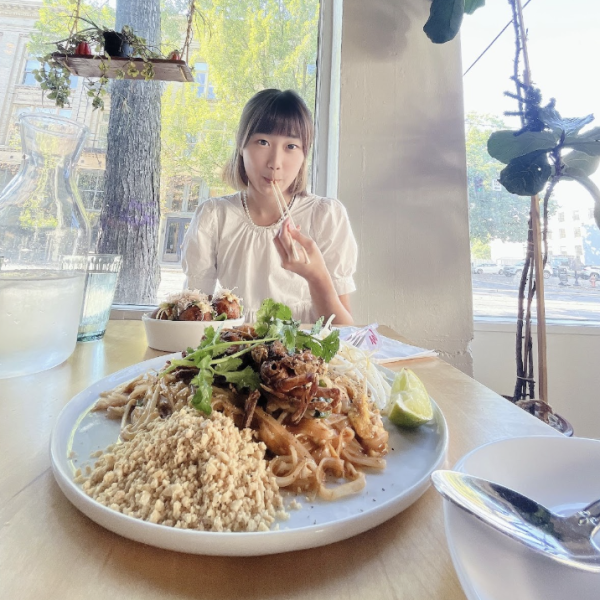How school shooting fear has increased student anxiety
April 28, 2021
The most notable mass shooting in America at its time of occurrence, the infamous Columbine school shooting in 1999, is now just one of the innumerable heart-wrenching and horrifying mass shootings within the last 25 years. Soon after Columbine, high schools across the country started implementing school shooting drills. These included entire classrooms sitting against the farthest wall from the door and staying silent for long periods of time while also ignoring fake banging on the door or fake gunshots—a situation that students across the entire nation would have to remember in order to stay alive. Looking around your class and thinking, “Will someone in here arrive next week with a rifle and try to kill us?” are the thoughts that a teenager living in the U.S. has to handle, on top of all the other stressors in their life.
According to NBC News, studies have shown that with the increased enforcement of mass shooting drills, anxiety rates have gone up 42 percent and depression rates have increased by 39 percent within school communities. Knowing that a place you go to learn and prepare for “the real world” could very well be the place that you die is not something that American students should have to normalize or accept. Our nation has so many deeply-rooted issues surrounding mass shootings that have to be addressed and acknowledged, but when you are seeing someone the same age as you get shot, it desensitizes the value of life itself.
On Dec. 14 of 2012, six staff members and 20 children between the ages of six and seven years old were fatally shot at Sandy Hook Elementary School. I was 8years old. I can remember so distinctly the conversation that my dad had with me shortly after the terrifying tragedy. “If someone comes into Lake Grove with a gun, I want you to find someone who is already bleeding and lay next to them. You stay there and pretend to be dead for as long as you can.” As an 8 year old, I was being told what to do in order to make sure I didn’t die while at school.
This trend of constant mass shootings isn’t everywhere in the world; it is centralized in the United States. Since Columbine, the U.S. has had 11 mass school shootings, whereas the next closest country, Australia, has had six. Little-to-no gun restriction laws have been passed during this time, with President Biden implementing an attempt to eliminate “ghost guns” (firearms that do not have serial numbers) and be able to flag families that should not be allowed to have firearms. He inevitably faced massive criticism from far-right government leaders who are staunchly against gun-control or regulation. In fact, the last president to implement any kind of gun regulation was Former President Bill Clinton in 1994, when he signed the Federal Assault Weapon Ban.This banned the imports of over 50 semiautomatic assault weapons, but expired in 2004. Former President Trump had also stated after the Las Vegas shooting in 2017 that he was going to ban bump stocks (used to increase the amount of bullets you can fire to create a homemade machine gun), and the motion did pass, even though multiple gun rights groups fought the motion in court.
All of these calls for regulation has done little-to-nothing to help ease students facing anxiety and depression amid the increased shooting. In summer of 2020, a 17 year-old named Kyle Rittenhouse shot and killed two people at a protest following the murder of Jacob Blake, with an assault rifle he kept in his home. With such easy access to something so lethal, nearly any adolescent is capable of carrying out a mass shooting.
Every student feels this fear, but marginalized groups such as members of the LGBTQ+ community, religious minorities, disabled, and BIPOC’s stress is intensified due to the fear that because of their identity an added target will be placed onto them during a mass shooting. Depression and anxiety have been so normalized in our society and yet we do not actually discuss the real and detrimental effects of these disorders. Excessive stress and anxiety has the potential of increasing our blood pressure which can lead to kidney failure, heart disease, and heart attacks. Increased depression commonly can turn into substance abuse, eating disorders, and other mental illnesses. Gun violence impacts so much more than the wounded and killed, it can lead to serious illnesses and disorders that students should not have to experience.
Today’s teenagers are facing a pandemic, a divisive political system, increased social injustices, as well as human rights violations and higher rates of depression, anxiety and mental illnesses from isolation, all at the same time. This increased fear for their safety wherever they go forces teenagers to constantly be on high alert as to who is in a room with them and what situation may occur. The higher powers of our country need to adequately address the increasingly dangerous issue at play. Students should be allowed to focus on geometry and history while in classrooms, without having to worry about if someone is going to walk in and kill them and their classmates.


